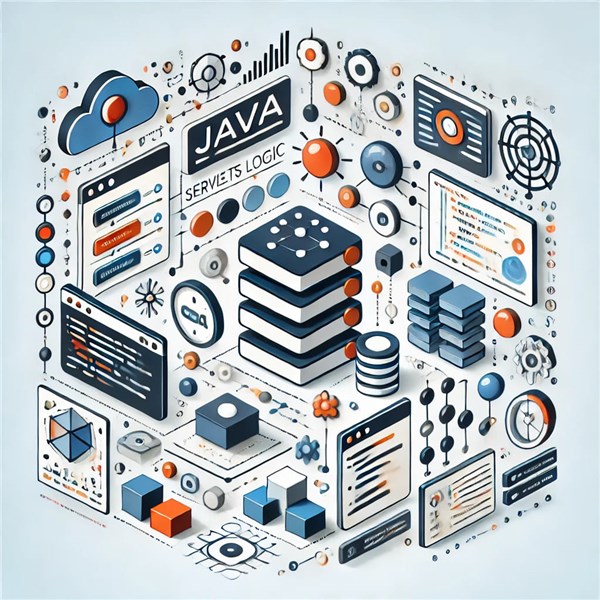We're open through the holidays to support your upskilling goals — book your session today!
We're open through the holidays to support your upskilling goals — book your session today!
Unable to find what you're searching for?
We're here to help you find it
The world of software development is vast, but when it comes to building secure, scalable, and enterprise-grade applications, Java EE (Java Platform, Enterprise Edition) remains one of the most powerful and respected platforms. Organizations across industries—from finance and healthcare to logistics and government—depend on Java EE technologies to build robust back-end systems.
For developers looking to break into enterprise-level development or upskill for more advanced roles, Java EE training offers a direct pathway to success. But what exactly do you learn in such a course?
In this blog post, we’ll explore the top skills you’ll gain from a Java EE training course, and how these skills can elevate your capabilities as a backend or full-stack enterprise developer.
A core part of your training will involve understanding how the Java EE ecosystem is structured. You’ll gain a solid grasp of:
This foundational knowledge helps you design systems that leverage the modular, scalable nature of Java EE.
Java EE training dives deep into Servlets and JSP (JavaServer Pages), which form the backbone of traditional web development in the Java world.
You’ll learn how to:
These skills are essential if you’re building web-based enterprise applications that interact with users and process form data.
EJBs are used to develop scalable, transactional, and secure business components in Java EE. In your training, you’ll master:
These are must-have skills for anyone building complex business logic or multi-user systems in the enterprise environment.
Data access and persistence are at the heart of enterprise apps. A Java EE course will teach you how to use JPA effectively:
JPA is critical for interacting with databases in a way that’s object-oriented, scalable, and secure.
In today’s microservices era, the ability to create APIs is non-negotiable. Java EE training covers:
These skills allow you to create interoperable services that can be consumed by clients, mobile apps, or other microservices.
A good Java EE course introduces Contexts and Dependency Injection (CDI), which simplifies development by managing component dependencies automatically.
You’ll learn to:
Dependency injection is key to writing modular, testable, and loosely coupled code.
Security is a cornerstone of enterprise application development. Java EE training includes:
You’ll gain confidence in building systems that protect sensitive data and ensure compliance.
A professional-grade training course also covers testing best practices, such as:
This ensures your applications are robust, maintainable, and production-ready.
Java EE training gives you hands-on experience with deploying applications to servers like:
You’ll learn how to:
These are critical DevOps-adjacent skills that boost your value in cross-functional teams.
Java EE is now evolving under the Jakarta EE brand, supported by the Eclipse Foundation. A current training program helps you:
Keeping pace with this evolution ensures you stay future-ready and relevant.
🏆 Bonus: Career Benefits of Java EE Training
By completing Java EE training, you’ll be prepared for a variety of high-demand roles, such as:
Your skills will be applicable across financial institutions, government agencies, telecom, retail, and SaaS companies—anywhere complex systems and secure data transactions are key.
📌 Final Thoughts
A Java EE training course is not just about learning how to code—it’s about mastering the enterprise ecosystem of Java. You’ll come out equipped to build scalable, secure, and high-performing applications that serve thousands (or millions) of users.
Whether you’re aiming to get certified, move into backend development, or deepen your enterprise software expertise, Java EE training is an excellent investment in your tech career.
Koenig Solutions is a leading IT training company providing certifications in top technology courses, including Java EE. Our Java EE Training Course is designed to equip you with the necessary skills and expertise to excel in your career as a Java EE developer. With hands-on experience, expert trainers, and flexible training schedules, we ensure that you get the best learning experience.
Enroll in our Java EE Training Course today and take the first step towards a fulfilling career in Java programming.

Aarav Goel has top education industry knowledge with 4 years of experience. Being a passionate blogger also does blogging on the technology niche.










